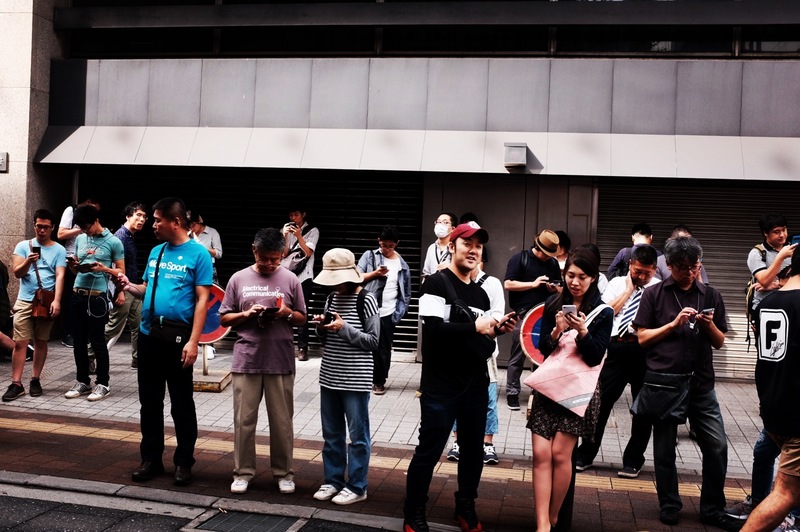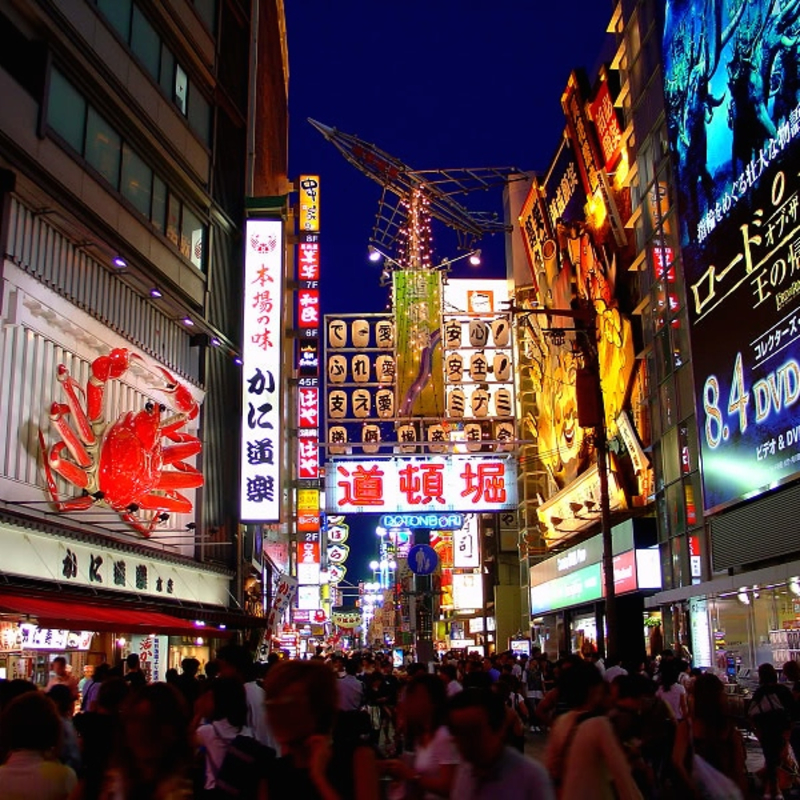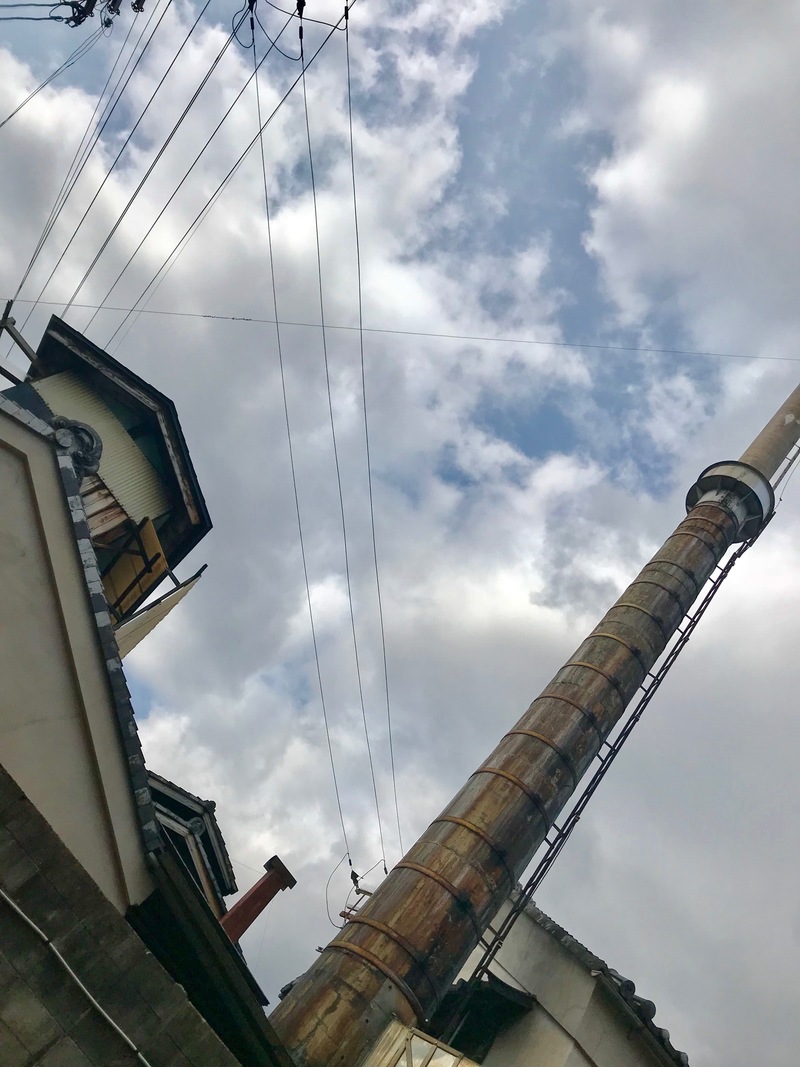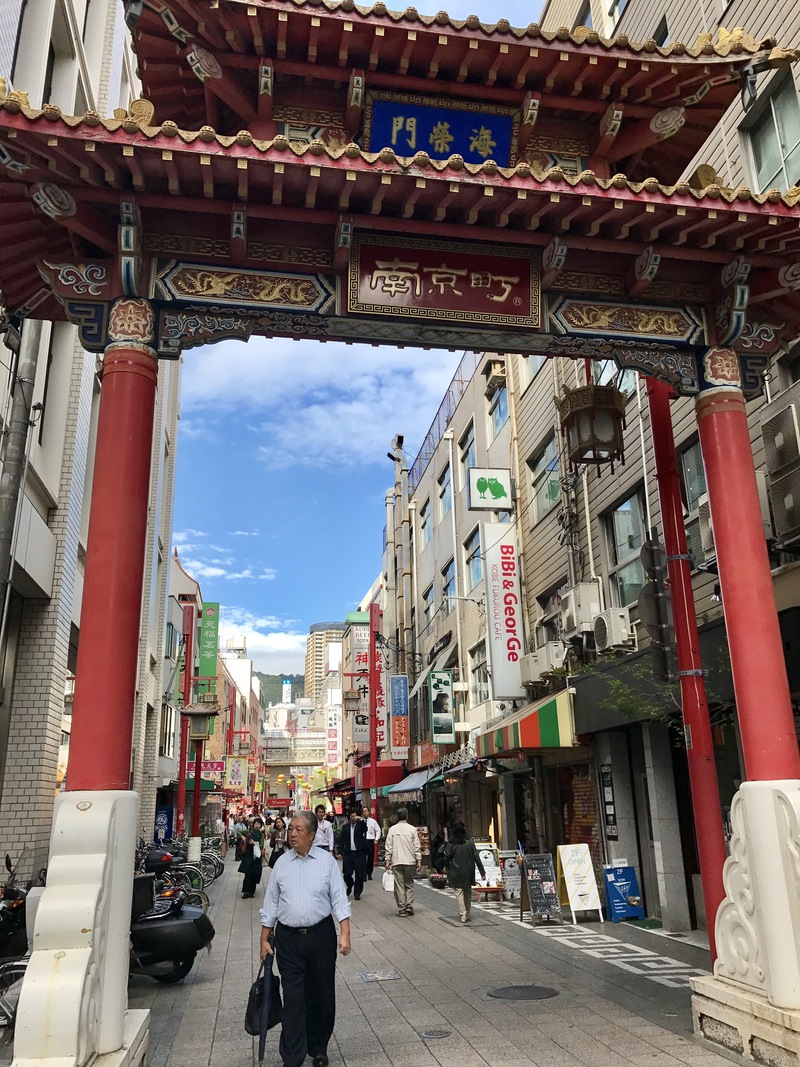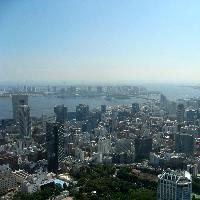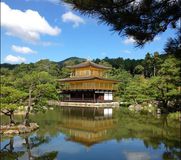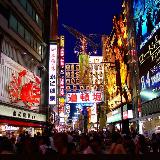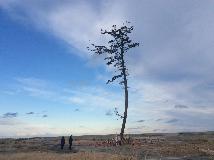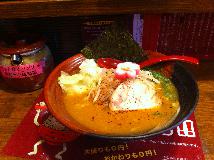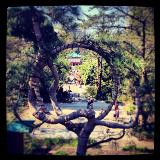This mix draws from a field recording project undertaken in July 2007 with several collaborators from around the city of Osaka, in the Kansai region of western Honshu, Japan. I asked my friends and colleagues to bring me to places that sounded most like Osaka and the experience of living there. Each led me to different sites, where I made recordings of the sounds they identified as most important in each soundscape; the results ranged from iconic and famous sounds of downtown Osaka, to heightened contexts of focused sonic attention, to the distracted experiences and overlapping spaces of everyday life. Using a multitrack DAW to organize the files, I composed the final mix of “Osaka Inside Out” by arranging the recordings to give a sense of movement and contrasting spaces and points of audition across the city.
In order of presentation from the beginning of the track, the main sound sources and selectors are: 1) Kuidaore Taro, automated clown drummer, Dotombori Bridge, Namba (Hopkins); 2) bird market in older shotengai arcade, Den-Den Town (Novak); 3) Hozanji Temple, Mt. Ikoma (Nakagawa); 4) tachinomiya (standing-bar), Umeda JR¬ station (Fujiwara); 5) crossing guards, Umeda (Fujiwara); 6) off-track horse race betting hall, Namba (Higashiseto); 7) basement food market, Namba station area (Nakajima); 8) pachinko pinball parlor and videogame arcades, Shinsekai entertainment quarter (Higashiseto); 9) elevator announcements, Daimaru department store, Shinsaibashi (Hopkins).
Listening
This is a binaural recording that captures the L and R channels of the “stereo” field from the positions of each ear (in this case, my own), largely recorded while in movement. In order to properly reproduce the spatial imaging as recorded, headphones are required; the soundstage will not be accurately represented with speakers. Although most soundfields in this mix are distinct sources, simply faded from one site to the next, I occasionally use multitracking techniques of juxtaposition and extended crossfades to represent the multidimensional layers and repetitions of urban sonic experience.
Equipment
All recordings were made with head-worn Core Sound binaural microphones, through an ATI ML200 analog microphone preamp into a Zoom H2 flash recorder at 44.1 kHz/24b.
Related Works
2013. The Sounds of Japan’s Antinuclear Movement. MoMA post website.
2010. Listening to Kamagasaki. Anthropology News 51(9):5.
Further Listening
Feld, Steven. 2006. Suikinkutsu: An Underground Japanese Water Zither.” Voxlox 106.
Nakagawa, Shin. n.d. Osaka Soundwalk.
Peebles, Sara. 2001. 108: Walking through Tokyo at the Turn of the Centry (Post-Concrete).
View Masters. 2002. Pachinko Mandala 00.
Biographies of recordists
Fujiwara Hide is a Kyoto-based musician, producer and leader of legendary Kansai underground group Ultra Bidé.
Higashiseto Satoru is the store manager of Forever Records in downtown Namba, Osaka, as well as a music writer, promoter, and founder of the Hören Records label.
David Hopkins is a scholar of Japanese popular music history at Tenri University in Nara, as well as the founder of Kansai underground labels Public Bath and Sento Records.
Nakagawa Kôhei is a Noise performer and field recordist; he lives on Ikoma mountain on the Eastern outskirts of Osaka.
Nakajima Akifumi (1959-2013) was a Kyoto-based Noise performer, graphic designer, and founder of the G.R.O.S.S. cassette label.
David Novak is Associate Professor of Music at the University of California, Santa Barbara, and the author of the book Japanoise: Music at the Edge of Circulation (Duke University Press, 2013).
This is a guest post by David Novak of UC Santa Barbara. Republished with permission, it originally appeared on Sensory Studies.
